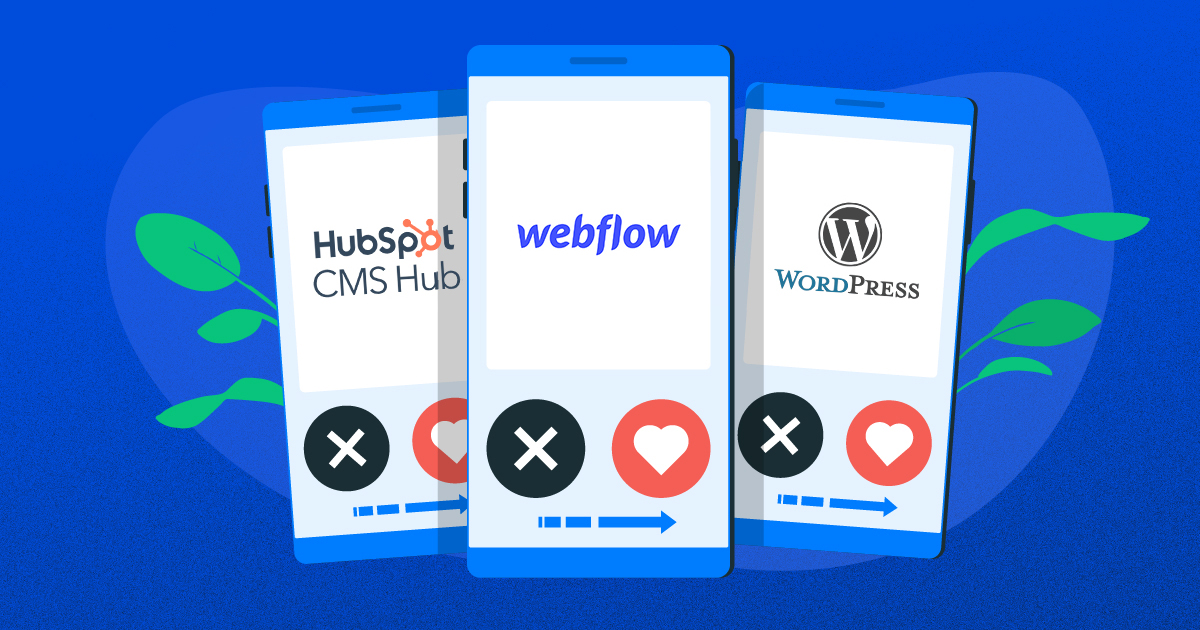Did you know that 88% of online shoppers are unlikely to revisit a website after a poor user experience? A well-optimized website is crucial for businesses and marketers aiming to enhance search engine visibility, improve user experience, and increase conversions. But how can you accurately assess your website's performance and identify areas for improvement?
The HubSpot Website Grader is a powerful, free tool designed to analyze key website performance metrics, including SEO, mobile-friendliness, security, and speed. Within seconds, it delivers a comprehensive report detailing strengths and weaknesses, along with actionable recommendations for optimization. This guide will provide an in-depth overview of how to leverage the HubSpot Website Grader tool effectively and implement data-driven improvements.
Proven Tips for Faster Growth
1-Minute Tips from B2B Experts Delivered Straight to Your Inbox
For businesses utilizing marketing automation, understanding how automation and website performance intersect is crucial. Learn more about best practices in B2B marketing automation. Additionally, for a broader look at using HubSpot for overall marketing success, check out this comprehensive guide.
What is the HubSpot Website Grader?
HubSpot Website Grader is an online tool that evaluates a website’s performance based on four critical areas:
- Performance: Assesses page speed, page size, and optimization factors
- Mobile Readiness: Evaluates mobile responsiveness and viewport settings
- SEO: Reviews metadata, headings, sitemap accessibility, and overall discoverability
- Security – Ensures the presence of SSL certification and adherence to safe browsing standards
The tool provides a score out of 100, offering valuable insights into your website’s overall effectiveness and highlighting key areas for enhancement.

Source: HubSpot
How to Use HubSpot Website Grader
Step 1: Access the Tool
To begin, visit the HubSpot Website Grader and enter your website’s URL along with your email address.
Step 2: Receive Your Website Score
Within seconds, the tool generates a detailed report, assigning a score out of 100. A higher score signifies better website performance and optimization.
Step 3: Review the Four Key Assessment Areas
The report is divided into four primary sections, described above, allowing you to deduce performance, mobile readiness, SEO and security posture.
Each section provides specific insights and recommendations to enhance your website’s efficiency.
Strategic Steps to Improve Your Website Score
Improving your website's performance isn't just about getting a higher score—it’s about enhancing user experience, boosting SEO rankings to help increase your website’s domain authority, and increasing web visitor conversions. Here are a few actionable strategies to optimize your website and achieve a higher score using HubSpot Website Grader.
1. Enhance Website Performance
Common Issues: Slow page speed, unoptimized images, excessive HTTP requests, and uncompressed files
Optimization Strategies:
- Compress images using tools such as TinyPNG or ShortPixel.
- Enable browser caching to improve load times.
- Minimize HTTP requests by reducing unnecessary scripts and plugins.
- Utilize a Content Delivery Network (CDN) to enhance website loading speed.
- Optimize CSS, JavaScript, and HTML by minifying and compressing files.
For companies looking to integrate performance improvements into their revenue operations (RevOps) strategy, exploring a structured RevOps framework is beneficial. To further optimize your use of HubSpot within a RevOps structure, refer to this RevOps for HubSpot guide.
2. Ensure Mobile Responsiveness
Common Issues: Lack of mobile responsiveness, incorrect viewport settings, poor touch element spacing
Optimization Strategies:
- Implement a responsive design framework such as Bootstrap.
- Set appropriate viewport meta tags (<meta name="viewport" content="width=device-width, initial-scale=1">).
- Improve font sizes and button spacing to enhance mobile usability.
3. Optimize SEO for Greater Visibility
Common Issues: Missing meta descriptions, inadequate keyword optimization, lack of structured data.
Optimization Strategies:
- Craft compelling, keyword-rich meta titles and descriptions.
- Optimize headings (H1, H2, H3) to reflect relevant keywords.
- Submit an updated sitemap to Google Search Console.
- Implement structured data (schema markup) to improve search engine result page (SERP) visibility.
Leveraging custom behavioral events in HubSpot can significantly enhance SEO and user engagement. Learn how to integrate them effectively by reading this guide.
4. Strengthen Website Security
Common Issues: Absence of SSL certification, outdated security protocols, potential vulnerabilities
Optimization Strategies:
- Install an SSL certificate to ensure secure data transmission (HTTPS instead of HTTP).
- Regularly update plugins, themes, and content management system (CMS) software.
- Utilize a firewall and security plugins to safeguard against cyber threats.
Advanced Strategies for Superior Website Performance
Utilize Google PageSpeed Insights for In-Depth Analysis
While HubSpot Website Grader provides an excellent overview, supplementing your audit with Google PageSpeed Insights can offer more granular recommendations for performance improvements.
Implement Lazy Loading for Images and Videos
Lazy loading ensures that images and videos are only loaded when they come into the user's viewport, significantly reducing initial page load time.
Minimize Redirects and Fix Broken Links
Excessive redirects and broken links can slow down website performance. Use tools such as Screaming Frog SEO Spider to identify and address these issues efficiently.
Optimize for Core Web Vitals
Google prioritizes websites that offer an optimal user experience. Key metrics to focus on include:
- Largest Contentful Paint (LCP): Optimize loading speed for the largest visible content on the page.
- First Input Delay (FID): Minimize input lag to improve site interactivity.
- Cumulative Layout Shift (CLS): Enhance visual stability by preventing unexpected layout shifts.
For a streamlined approach to optimizing workflows in HubSpot, consider following this comprehensive guide.
Making the Most of Your Website
The HubSpot Website Grader is an invaluable resource for businesses and marketers seeking to enhance website performance, SEO, mobile-friendliness, and security. By leveraging the insights provided by this tool and implementing the optimization strategies outlined above, you can significantly improve your website’s user experience and search engine rankings.
Take the first step toward a high-performing website by partnering with ProperExpression, a Platinum Solutions Partner, for your HubSpot needs.







